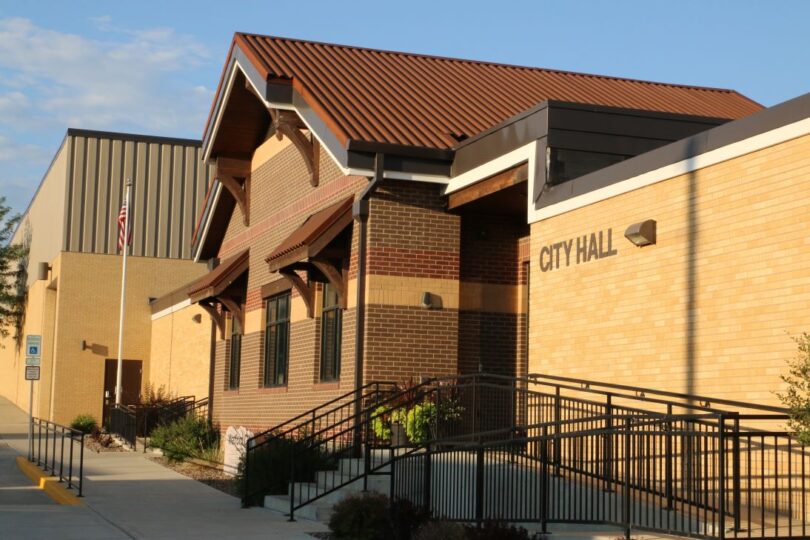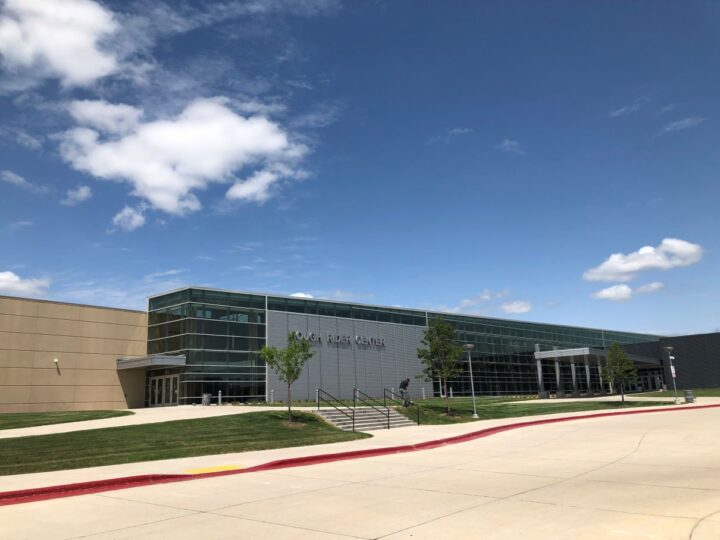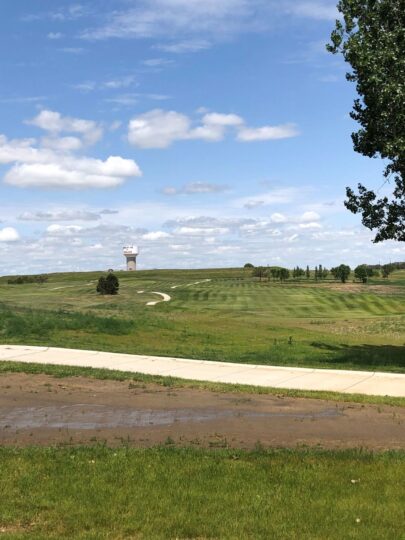Watford City 2040 Infrastructure Master Plan
Key Features
- Developed a 20-year framework to address infrastructure challenges and plan for future growth
- Conducted a comprehensive assessment of water, wastewater, stormwater, and transportation systems, as well as vertical facility assets
- Positioned Watford City to navigate current challenges and prepare for future development and population growth
- Created strategic infrastructure investment plans and an integrated financial model to ensure long-term resilience
- Engaged the community through town hall meetings for input on funding, prioritization, and improvements
Sector
Municipal Planning & Engineering
Location
Watford City, ND
Status
Completed in 2021
Client
City of Watford City
About The Project
Watford City, located in western North Dakota at the heart of the Bakken Oil Shale Basin and just 15 miles from the scenic North Unit of Theodore Roosevelt National Park, has experienced extraordinary growth over the past decade. Its population surged from 1,800 in 2010 to over 7,000 in 2021, driven largely by the Bakken Oil Boom. This rapid expansion brought significant opportunities but also challenges, particularly as the city relies heavily on gross production tax (GPT) revenues, sales tax revenues, property tax revenues, and utility rates to fund critical infrastructure projects.
A slowdown in oil and economic activity in the region raised concerns about the city’s ability to sustain and improve its infrastructure, operations, and debt commitments. To address those concerns and prepare for a potential resurgence in oil development, Watford City initiated the Watford City 2040 Infrastructure Master Plan, led by Burian & Associates.
Through a competitive selection process, the city chose a project team comprised of Burian & Associates, SRF Consulting, ICON Architectural Group, and Raftelis. The Master Plan provided a strategic framework to guide operational and capital improvements over the next 20 years. It included comprehensive assessments of the city’s wet infrastructure systems, such as water, wastewater, and stormwater networks, along with transportation systems. The plan also involved high-level reviews of city facilities, including visual inspections and evaluations of operations and maintenance (O&M) processes. Strategic plans for future infrastructure investments were developed alongside a robust, integrated financial model designed to enhance financial resilience. Additionally, the Master Plan established a capital improvements plan and a resiliency plan to address infrastructure needs in a systematic and cost-effective manner.
A crucial element of the Master Plan was community engagement. The project included a town hall meeting to gather public input on funding, prioritization, and implementation of improvements, ensuring the community’s needs and perspectives were incorporated.
The Master Plan was developed throughout 2021, with critical deliverables produced at key milestones to assist the city in budgeting for 2022 and beyond. By taking a proactive and comprehensive approach, Watford City positioned itself to navigate immediate challenges while laying the groundwork for sustainable growth and infrastructure development in the decades ahead.


